Learn more about image processing, human body detection, image processing under water, underwater vision system Computer Vision Toolbox.


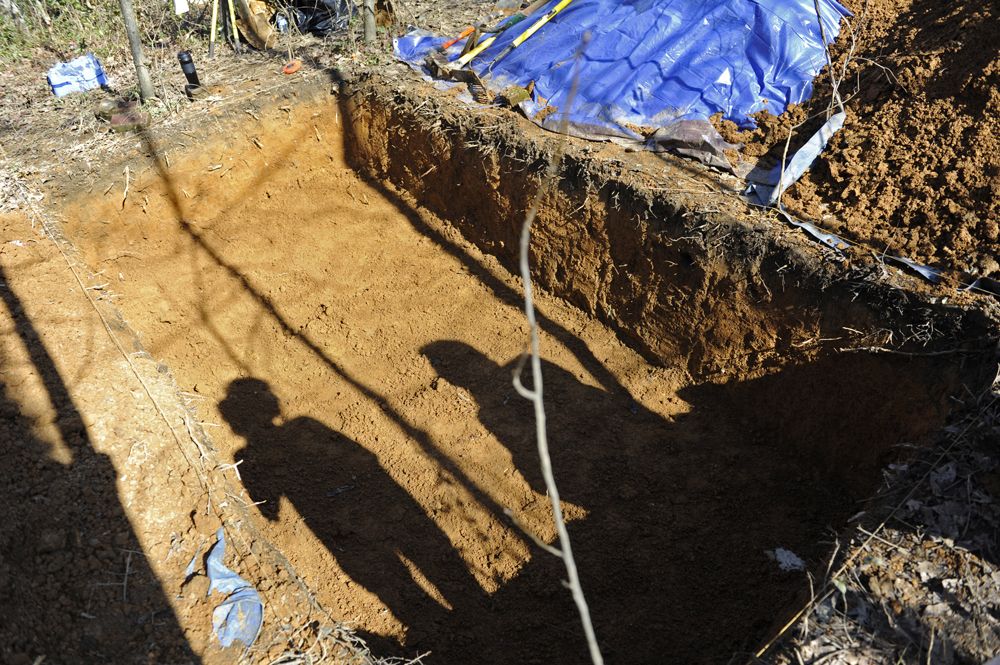
Forensic anthropologist Amy Mundorff measures the depth of a grave as the remote sensing research project gets underway.
Amy Smotherman Burgess/Knoxville News Sentinel/Zuma.
Mundorff knew from her own searches for buried murder victims in the United States that investigators often fail locate hidden graves, but she didn’t expect it to be so difficult in Bosnia-Herzegovina: The country is smaller than Louisiana, and the whereabouts of 8,000 people remain unknown.
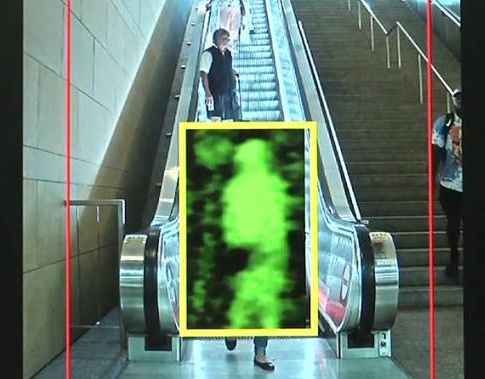


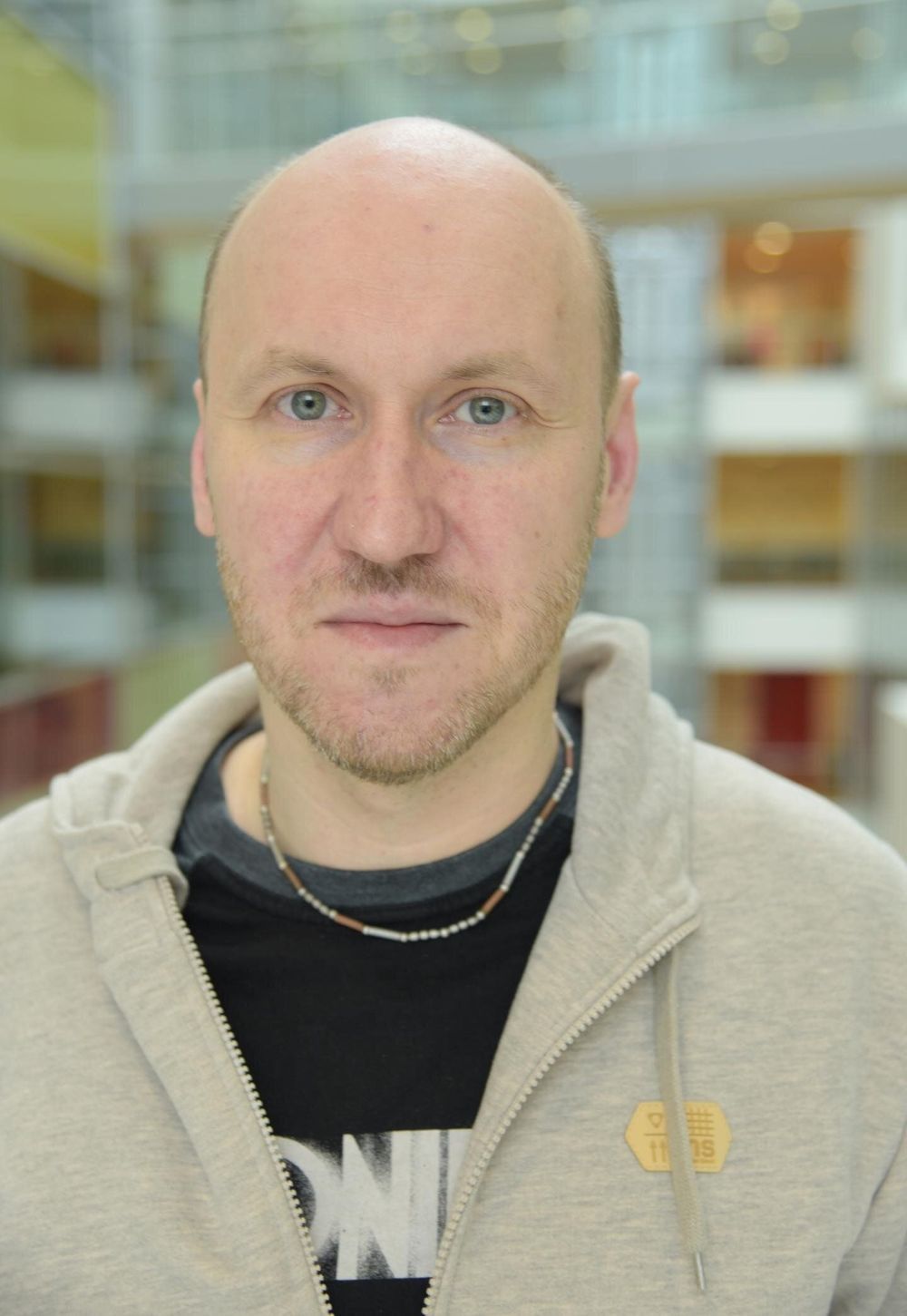
Researchers have determined that gum disease (gingivitis) plays a decisive role in whether a person develops Alzheimer´s or not.
“We discovered DNA-based proof that the bacteria causing gingivitis can move from the mouth to the brain,” says researcher Piotr Mydel at Broegelmanns Research Laboratory, Department of Clinical Science, University of Bergen (UiB).
The bacteria produces a protein that destroys nerve cells in the brain, which in turn leads to loss of memory and ultimately, Alzheimer´s.
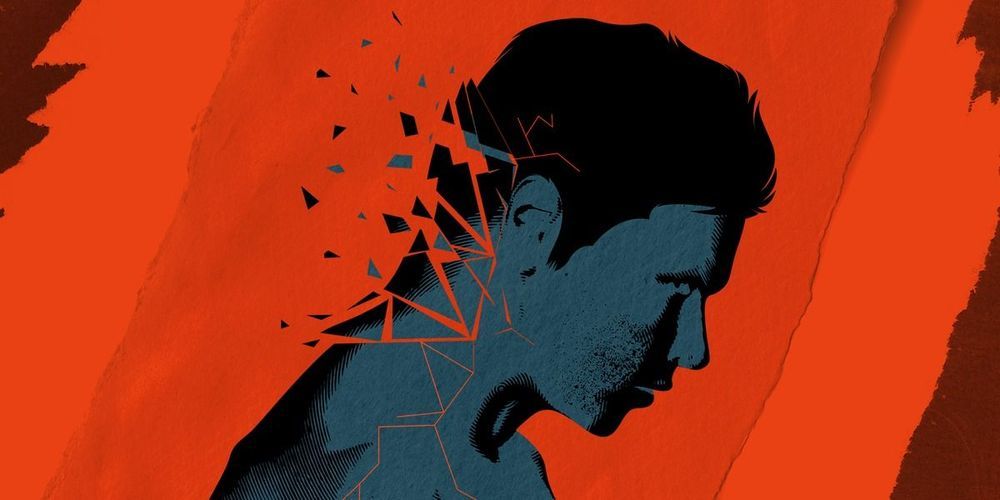
Somewhere in the outer reaches of the Solar System, beyond the orbit of Neptune, something wonky is happening. A few objects are orbiting differently from everything else, and we don’t know why.
A popular hypothesis is that an unseen object called Planet Nine could be messing with these orbits; astronomers are avidly searching for this planet. But earlier this year physicists came up with an alternative explanation they think is more plausible.
Instead of one big object, the orbital wobblies could be caused by the combined gravitational force of a number of smaller Kuiper Belt or trans-Neptunian objects (TNOs). That’s according to astrophysicists Antranik Sefilian of the University of Cambridge in the UK and Jihad Touma of the American University of Beirut in Lebanon.
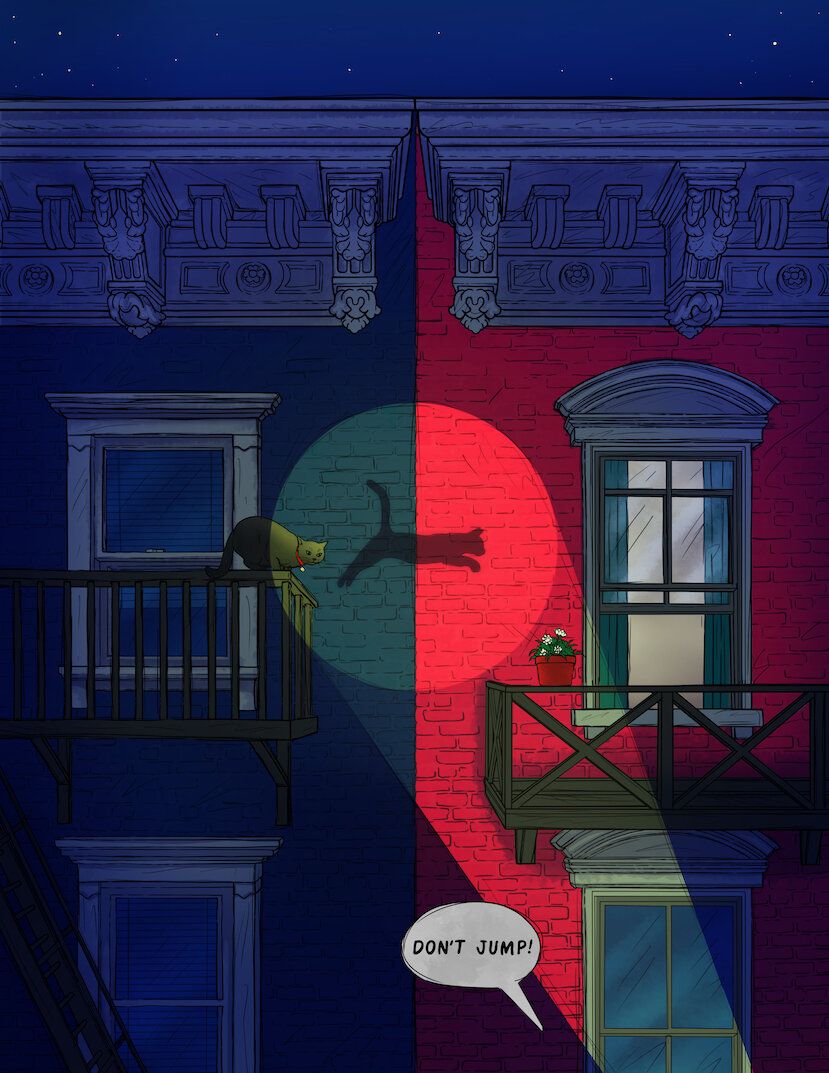
Yale researchers have figured out how to catch and save Schrödinger’s famous cat, the symbol of quantum superposition and unpredictability, by anticipating its jumps and acting in real time to save it from proverbial doom. In the process, they overturn years of cornerstone dogma in quantum physics.
The discovery enables researchers to set up an early warning system for imminent jumps of artificial atoms containing quantum information. A study announcing the discovery appears in the June 3 online edition of the journal Nature.
Schrödinger’s cat is a well-known paradox used to illustrate the concept of superposition—the ability for two opposite states to exist simultaneously—and unpredictability in quantum physics. The idea is that a cat is placed in a sealed box with a radioactive source and a poison that will be triggered if an atom of the radioactive substance decays. The superposition theory of quantum physics suggests that until someone opens the box, the cat is both alive and dead, a superposition of states. Opening the box to observe the cat causes it to abruptly change its quantum state randomly, forcing it to be either dead or alive.